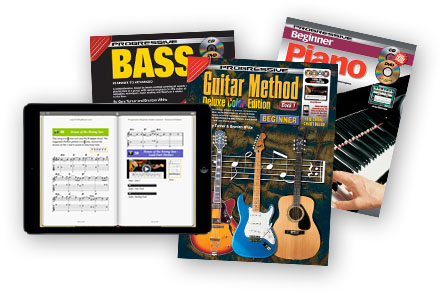<< First < Previous | Intro 1 2 3 4 5 | Next > Last >>
Back to Table of Contents
| 8 | Austrian Waltz |
This song has dotted half notes in the left hand part. Once again, the counting numbers refer to the melody (right hand part). From this point on, all counting numbers will refer to the melody. The left hand part is the accompaniment to the melody.



| 8 | Austrian Waltz |
Video
Legato
The next song contains two curved lines called slurs. A slur indicates that the notes written above (or sometimes below) it, should be played legato. Legato means to play the notes smoothly, so that they sound connected to each other. To play notes legato, keep your finger on the key until you have started to play the next key.
| 9 | Orange Blossom |
This song has dotted half notes in both the left hand part and the right hand part. Play the melody legato.
| 9 | Orange Blossom |
Video
The Tie
A tie is a curved line that connects two notes with the same position on the staff. A tie tells you to play the first note only, and to hold it for the length of both notes.
| 10 |
Video
| 11 | Roses From the South |
This song was written by Johann Strauss, who wrote some of the most famous waltzes. In the melody, a tie is used between bars 15 and 16 (two E notes), and between bars 31 and 32 (two F notes). The tie is also used for the chords in these bars. Do not confuse the tie with the legato slur introduced on the previous page.
| 11 | Roses From the South |
Video
<< First < Previous | Intro 1 2 3 4 5 | Next > Last >>
Back to Table of Contents

































